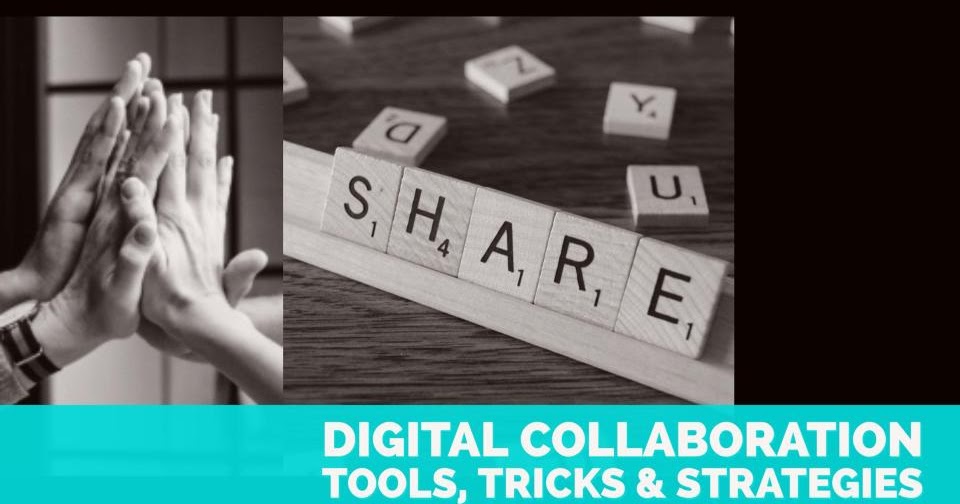KySTE 24
Cosmic Collaboration: Going Beyond for Student Engagement
Digital Collaboration Quick Tips
AI Tools to generate Collaborative Learning
Diffit is a freemium service that allows you can create and level text with Generative AI, from a link, video or document. Diffit has a number of collaborative activities including:
Discussion Workbook
Collaborative Partner Work
Group Discussion
Hexagonal Thinking
Reflect and Discuss
See a sample below
Eduaide is a freemium tool that allows you to generate ideas for cooperative work based of grade level and standards/objectives.
Cooperative Learning Content Generator
Jigsaw
Debate
Learning Stations
Think-Pair-Share
Team Based Activity
Kagan List
Use MagicSchool AI to generate rubrics that include both discpline standards and expectation for collaboration
Low Prep Activities
Digital Kagan Structures
Save the image on the left to use in whiteboard tools like Figjam or as the background on Google Slides.
Below you can grab a copy of a group discussion template that utilizes a Timed Round Robin
Get a forced copy of a group template for identifying group norms, roles, and timeline of work here
You can edit and add slides as needed.
Get a forced copy of the Thin Slides template here
You can add slides as needed.
Thin Slides EduProtocol:
Prepare your Slide Deck and share so anyone with a link can view
Decide if students will work in individuals or pairs
Each student selects a slide and reviews the prompt
Students have 5 minutes to find an image that would explain the prompt and a word
Students all quickly share their information as a presentation
Collaboration TOols
Adobe Podcast is currently in Beta form. Use it to collaborate with others seamlessly with others in creating audio content.
Sample Rubric
You can get a copy of this slide by clicking HERE.
Rubric made with MagicSchool AI Rubric Genedrator
Force Copy Click Here
Collaboration Project Inspiration
Training Videos
Getting Started with Digital Collaboration - the basics with Teams & a project based template
Sample Lesson
For this collaboration Kim Schnier's fifth graders chose a book to read and then worked with a small group.
She created a visual timeline for them to guide their work and assigned this template to a Team lead in Schoology - who then shared it with the group.
For asynchronous collaboration, student groups customized the template to fit their group personality and then added slides and wrote letters back and forth to each other. They commented on the letters their group members wrote by writing back or adding a video response.
For a synchronous element, students met as a small team using Teams - led by the Team lead who posed questions to the group, and they had meetings with Schnier, who participated as a member and discussed her own choice book.
